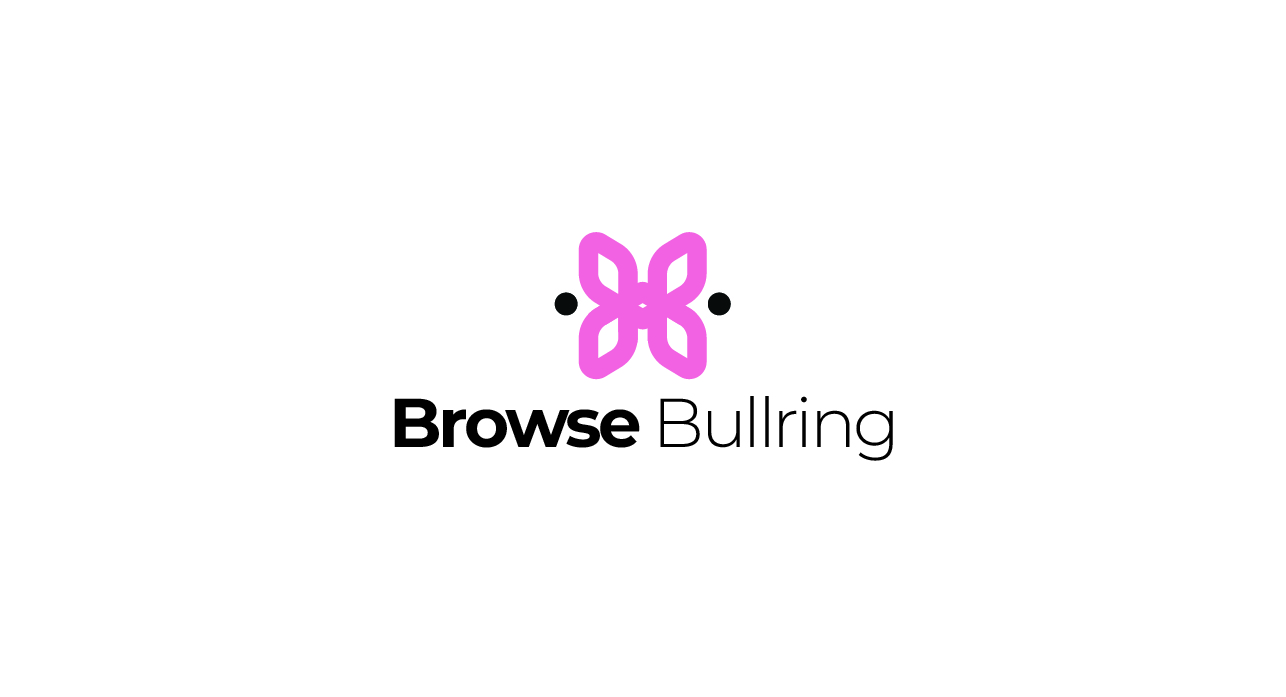The Future of Stores
Retail is not going to end anytime soon, as experts have predicted. As described by coronavirus.com and Fashion, stores will survive. The word “stores” is going to be used again and again. But will we continue using it? What can we learn about the etymology behind the word Stores?
Retail is not going to end anytime soon, as experts have predicted. As described by coronavirus.com and Fashion, stores will survive. The word “stores” will be used again and again. But will we continue to use it?
What can we deduce from the etymology of the word Store? In old French, “restore” was a word for “provisions.” In American English, the meaning of “a place where goods are stored for sale” was first recorded in 1721. This would show how brick-and-mortar companies use stores as the foundation of their business model. As I wrote, Why is there a lack of excitement when millennials go to department stores? the store was “a pretty warehouse.” The digitalization of society is causing traditional businesses to be shaken up. Today, the coronavirus accelerates this transformation.
Shopping is all about the experience and not the product. (Put your stock online, but give customers a great experience offline!) Online shopping is efficient today when it comes down to “functional needs,” according to Maslow’s hierarchy. In some cases, a visit to a shop is not worthwhile. The brick-and-mortar stores should not play the commodity game (selling Fashion in bulk) because it isn’t worth it. Fashion retailers need to reconsider their expansion strategy to adapt to the omnichannel. Retailers should diversify instead of having large, impersonal stores. They can add popups, convenience, or hyperlocal stores for specific shopping occasions.
The Latin origin of Store (not its noun) was not satisfactory to me. The Latin origin of the word “store” is instaurare. This means setting up, establishing, renewing, or restoring (online etymology dictionaries). I view stores as a space to develop a brand’s identity in the real world (using all your senses). I see stores as a place to worship, where the intangible DNA of a brand embraces tangible products through unique experiences.
Before Covid-19, I’m not sure if the word “store” was going to become obsolete. But some brick-and-mortar stores were already morphing into showrooms and popup “stores” and Click&Collect locations. Stores are no longer the final step in the supply chain. Stores are a part of the customer’s journey, but because the journey isn’t standardized, they are between awareness and advocacy.
The goal of a store will no longer be to facilitate a transaction but rather to contribute to brand positioning, curation, and experience. The Store is similar to a stage at a cycling race. However, the track is alive, and customers “race” from one stage to another in an arbitrary order. The marketing funnel is also different. Like experiences, shopping transactions are also temporary.
The introduction of social distancing within retail stores can transform them into “museums” where customers are able to touch, feel, and try the artwork. A fitting room “proposal,” which will benefit from AI and augmented reality insights (e.g., 360o avatars and customized appropriate suggestions), will be a great example.
Coronavirus changed the way retailers look at the customer experience. While they used to focus on the marketing aspect (the “wow factor”; the front-end, what the customers could see), coronavirus now has shifted the perspective. Customers will prioritize improving operational capabilities and processes as they spend less time at stores. In my previous articles, I explained how technology was essential to merging the offline and online experiences while reducing the fear of visiting stores. It’s now time to integrate or develop omnichannel capabilities that connect retail operations with customer shopping needs. This includes stock visibility, shipping tracking, making a reservation, trying before you buy, and picking up in-store.




0 Comments